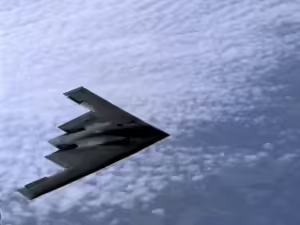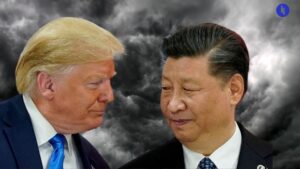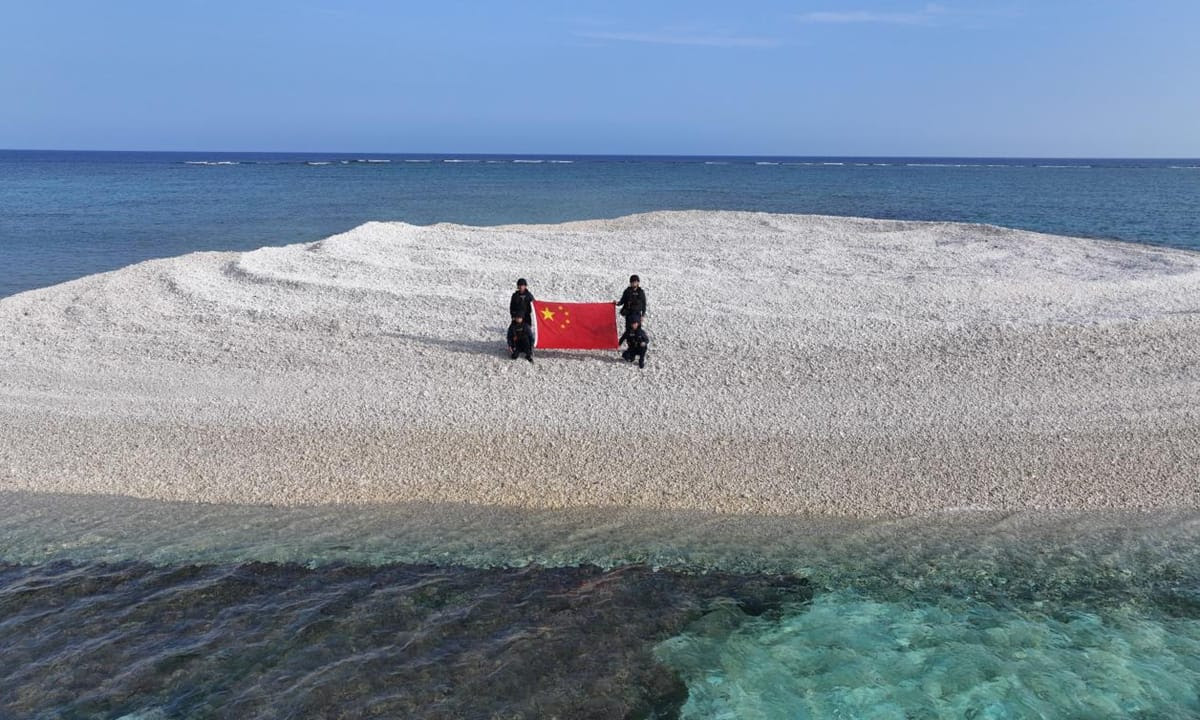China’s state broadcaster reported (🇨🇳) over the weekend that the nation’s coast guard “implemented maritime control” over Sandy Cay in the Spratly Islands, replete with an image of four servicemen unfurling China’s flag in the sand (see below).
Sandy Cay itself is tiny — barely half a basketball court, depending on the tide. So why do this? And why care?
Four big reasons.
Stay on top of your world from inside your inbox.
Subscribe for free today and receive way much more insights.
Trusted by 129,000+ subscribers
No spam. No noise. Unsubscribe any time.
First, it’s all part of China’s vast claim over the South China Sea, encroaching on borders claimed by six other countries. A tribunal rejected China’s claims back in 2016, but President Xi has doubled down as part of his efforts to:
- a) expand China’s sense of security by subduing its periphery
- b) control maritime trade routes key to China’s economy
- c) tap the area’s fishing and energy resources, and
- d) test US commitment to its allies like the Philippines.
Second, the where — this particular half-court of sand is 1,850km (1,000nm) from China, but just 4.6km (2.5nm) from Manila’s Thitu Island, with growing military capabilities to track and deter China’s moves. So planting this flag sends a message about China’s reach.
But importantly, Sandy Cay also sits above sea level, meaning Beijing might hope it now gets the surrounding 12nm territorial sea, bumping up not only against Manila’s Thitu facility, but also encompassing China’s own larger base at the semi-submerged Subi Reef.
Third, the when: this wasn’t any ol’ weekend, but rather right in the middle of the annual Balikatan military exercises between the Philippines and the US, with 14,000 troops running full-scale integrated battle simulations for the first time.
Those exercises are intended to help the Philippines (a US ally) deter China, but in the process they also arguably provide China:
- a) pretext (‘we’re just responding to US provocation’)
- b) context (‘our mere flag is nothing compared to those 14,000 troops’), and
- c) subtext (‘keep expanding those US drills, and we’ll keep expanding our claims’).
Btw, each of the above points also helps Beijing manage its domestic audience at home.
Then finally, the how: China has again opted for ‘grey-zone’ tactics, using its ‘maritime police’ rather than its more overt navy to plant this flag. And it’s using ‘salami-slicing’ tactics by plonking a flag on a tiny plot of sand rather than some major island.
The net result is China sending big messages (the first such official land grab in years) with seemingly tiny steps, and putting its rivals in a bind as any meaningful response risks looking like another over-reaction or an escalation.
Intrigue’s Take
Each side is aiming to deter the other, but in the eyes of the other, each is now destabilising things instead. So how to resolve this? We did, centuries ago — not wanting to sound sassy here, but it’s called international law:
- A 2016 tribunal already found “no legal basis” for China’s vast claims, and yet
- There’s nothing banning drills between allies (even if some might be unwise).
So that’s what’s at stake here: our choice between a world according to our agreed rules, versus a world where “the strong do what they can and the weak suffer what they must“.
And that’s why this particular flag, in presumed defiance of this particular maritime rule, is fundamentally tied to every other rule that’s helped drag us out of the Stone Age, whether it protects the Philippines, Ukraine, or even Greenland.
Sound even smarter:
- China has signed the world’s main maritime treaty (‘UNCLOS’), while the US has not (it’s long been seen as unlikely to pass the senate), though the US still views the law as if it were in force.
- The Philippine coast guard has now responded with its own flag-bearing image, too.








